In a recent article, we made an argument for winter fishing. As temperatures begin to drop, new opportunities arise for anglers that you may not have considered in the past. Winter, however, is also prime time for fly tying. Sometimes a day at the vise just seems a little bit more pleasant than braving the latest cold front; add an adult beverage or two, and you have a pretty nice day planned regardless of the weather.
So, to merge winter fishing and winter fly tying, we thought it’d be a great time to talk with renowned fly tier Tim Cammisa. As the founder of the Trout and Feather YouTube channel, and author of the upcoming book Fly Tying for Everyone, he has a lifetime of information about effective flies to tie for any condition.
In our winter tying article, we decided to split Tim’s suggestions into three different categories by size—small, medium, and large. In each, we’ll share a few of Tim’s tips for both tying and fishing these extremely effective winter flies. So, pull out your vise, pull up a chair, and maybe take a few notes—fly tying class is in session.
Small
Jake’s Improved Zebra Midge

Tying Tip: “This version was shared with me by a friend of mine, Jake Adamerovich, who’s a guide on the South Holston River. It’s a modern version of a zebra midge, tied with a jig hook and slotted tungsten bead. The main difference is that there’s a piece of flash acting as a hotspot at the tail, and I use Midge Mirage in an opal for that. As for hook size, tie it from 16 down to however small you can go.”
Fishing Tip: “Instead of on the point, I like to fish this fly as the dropper. The flash really seems to pull the fish up; they just come up and chase it. You can fish it on a Euro-nymph rig, as a dropper pattern, or you can fish it traditionally with a larger pattern. It's really nice whenever you're on a drift boat as well—I basically always have it on the boat when I'm drifting.”
Micro Egg

Tying Tip: “This is one of those down and dirty, simple flies. You can add a tungsten bead head if you want to keep it down at the bottom, but it’s optional. I use Eggstasy foam in larger sizes and McFlyFoam in smaller sizes. I’ll tie this one from size 12 all the way down to size 22. I also prefer to tie it in pale colors, like muted pinks, oranges, and creams—but some people like high-visibility, fluorescent stuff.”
Fishing Tip: “It’s just a killer fly. I’ll fish it by itself or with other patterns. You can fish it with a larger fly, like a stonefly pattern, almost like a steak-and-egg setup. Normally, I use it as a dropper, but if you’re fishing larger sizes it could definitely be a point fly.”
WD-40

Tying Tip: “This is a very simple fly to tie up, literally just tailing fiber wrapped on top of the thread, and the butt end fibers are used as a wing casing. It’s literally three materials, a hook, and a bead. For the tailing fibers, I use Coq De Leon feathers because they’re extremely resilient and don’t tear. I like to use a scud hook sometimes because it works well in still water situations.”
Fishing Tip: “This fly is my all-purpose blue wing olive imitation. I use it year-round. I fish it in Iceland, Wyoming, New York, Pennsylvania—it just works for me everywhere I go. Depending on the bead you use, you can fish it anywhere in the water column. I’ll sometimes put a little bit of floatant on it if the fish are feeding on midges, and they’ll sip it very near to the surface. It’s one of those indispensable patterns.”
Medium
Frenchie

Tying Tip: “This is today’s pheasant tail. We’ll call it that. Instead of peacock hurl, we have a high-visibility material upfront, like hot orange, pink, or chartreuse. Basically, go for the ugliest color you can find in the fly shop. Once again, I recommend Coq De Leon instead of pheasant tail. I fish it on a jig hook with a slotted tungsten bead, and as small as you want, but I like it from size 12 to size 16.”
Fishing Tip: “I'll fish it as a point fly, independently on its own tippet. Or I’ll use it in a Euro nymphing setup. I don't tend to fish it too often in the wintertime with indicators, and I guess the one caveat, but there's a new brand of indicators called GHOSTech indicators. They're very nice, they land very light. It's also nice to use the New Zealand strike indicator system in the wintertime because it lands so softly.”
Rainbow Warrior

Tying Tip: “This is a Lance Egan pattern, and according to him, ‘It was designed and used first on picky tailwater fish in low, clear water.’ It’s a throwback type pattern with pheasant tail fibers and pearl tinsel in the body. The tinsel can be translucent, so different color threads will change the hue of the fly, which can be fun from a tying perspective. For the bead, I love to use silver, but they sell rainbow-colored beads as well.”
Fishing Tip: “When we think about wintertime, sometimes flows can be very low, and people tend to think about more muted and tail colors. Yet, it was very surprising how often this type of fly that really has a lot of flash built into it, would pick off fish like crazy this time of year.”
Utah Killer Bug
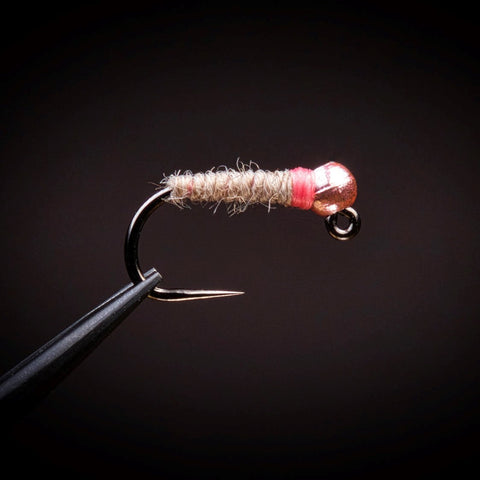
Tying Tip: “This one was inspired by Frank Sawyer’s Killer Bug—he also created the pheasant tail nymph. It’s super simple, basically, just a yarn material wound really tightly around a jig hook with a slotted tungsten bead. I use Semperfli Killer Bug Yarn. There are a lot of colors you can use, but I tend to fish it only in grey—a color called oyster.”
Fishing Tip: “I tend to fish this pattern more in waterways that have more caddish flies in them or scuds, like spring creeks. On freestone streams that are known for more prolific mayfly hatches, I'll fish more Frenchies.”
Large
Mop Fly
Tying Tip: This is one of those flies that if you’re a purist, you probably want to stay away from it. You can find the material on the carpet, shower mitts, or rags for your car. You don’t have to go to a fly shop to buy it. To tie it, I use superglue over a base layer of thread. Then, I place the mop on the shank of the hook and spool it with thread wraps. I use GSP thread and really bear down on it. I’ll put a little bit of dubbing in the thorax or collar on mine, but you really don’t need to. If you’re going to fish it in size 10, 12, or 14, oversize your tungsten bead because it’ll float a little too well.”
Fishing Tip: “You can’t fish this fly wrong. You can retrieve it, dead drift it, or twitch it. In the wintertime, I’d suggest dead drifting most of the flies on this list, but you can give it a few twitches as it’s drifting down the current.”
Circus Peanut
Tying Tip: “The biggest thing I tell people is to focus on the materials they use for articulation. Go with the heaviest duty material you can use while still maintaining movement. I use Beadalon wire. People get scared by articulated streamers, but it’s best to just look at it as two separate flies that’ll connect. I use UV resin to seal the connection. Something that’s a little more advanced is that I like to cord my thread, which makes it like a rope, and you can really get a lot of strength from it—I use the Semperfly nano silk in 12/0.”
Fishing Tip: “This is a fly Kelly Galloup developed for Michigan, but it works around the world. It’s especially known to catch large brown trout because of that articulated motion. Fish it in as big of a size as you want, but even small sizes will catch big fish. I fish articulated streamers with sinking lines, and I like to keep them moving at all times so they don’t snag. Also, use a strip set. People miss fish all the time because they’re using the wrong set with streamers.
Beach Body Stone Fly

Tying Tip: “This fly was created by a buddy of mine, Josh Miller, who’s a member of Team USA Fly Fishing. He was looking for a slender body stonefly that would get to the bottom in a hurry. If you want the story behind the name, you’ll have to get my book—there’s a great story behind it. Other than that, it’s very simple, with a black/purple thorax and rubber legs.”
Fishing Tip: “In wintertime, black and purple are my go-to colors, so this fly is a great all-around. It’s also great when transitioning into early spring. It’s really nice on a euro-nymph rig, particularly for beginners, because it gets to the bottom quickly and you can feel it bouncing across the bottom very easily.”
__
For detailed instructions about tying each of these patterns, be sure to check out the videos via the hyperlinks in each section. Tim has a knack for making even the most difficult flies seem simple and accessible. And, to get even more in-depth insight from Tim, be sure to preorder his upcoming book, Fly Tying for Everyone, which will be published this summer.


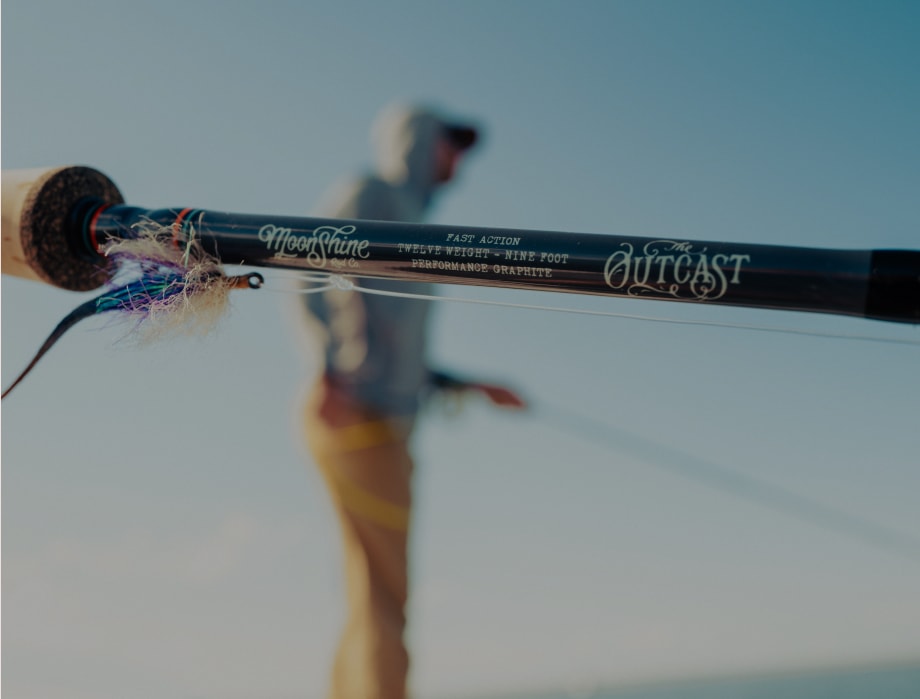
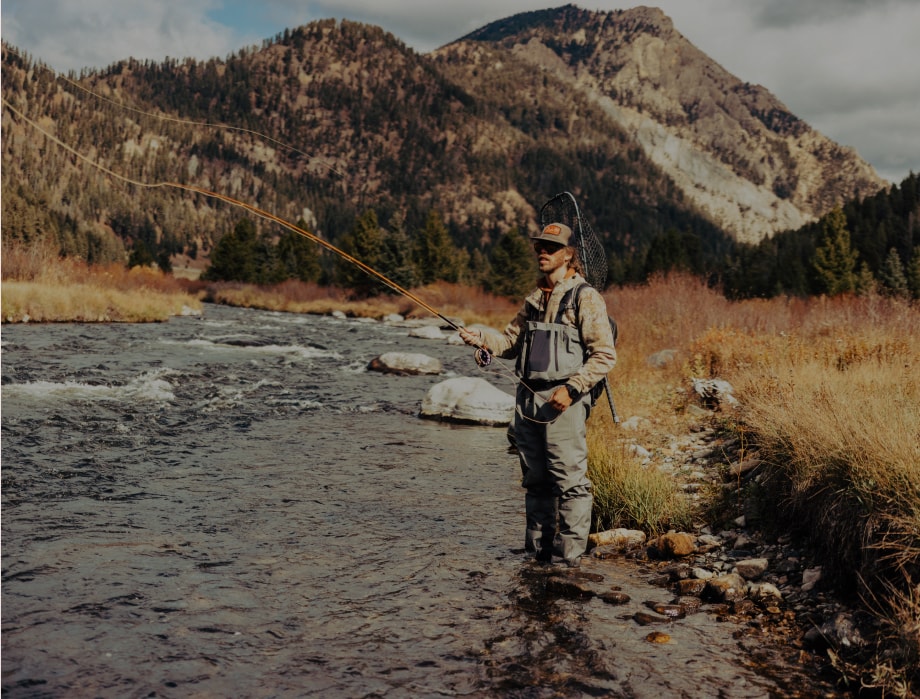
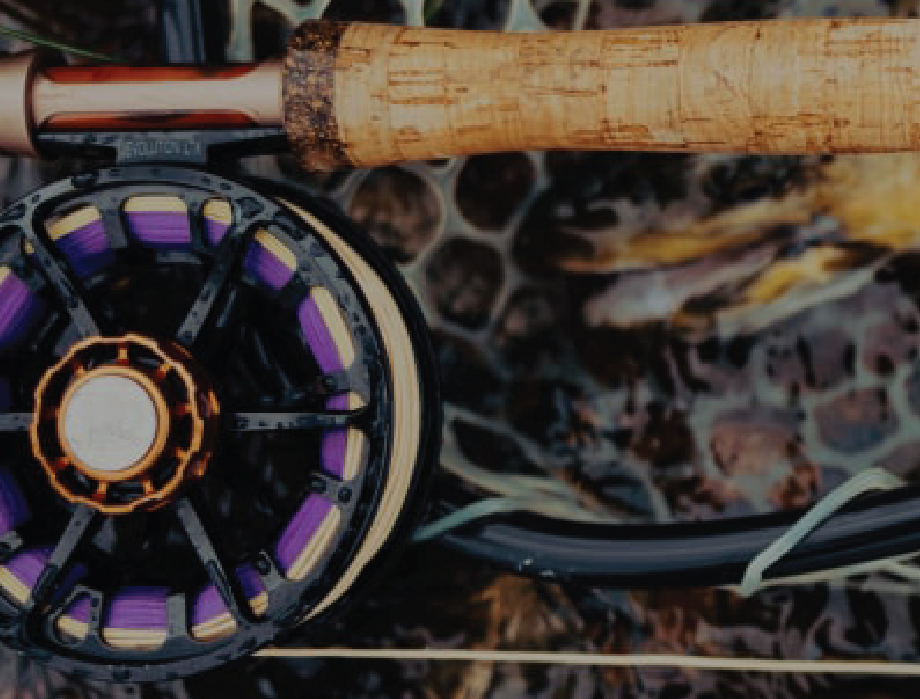




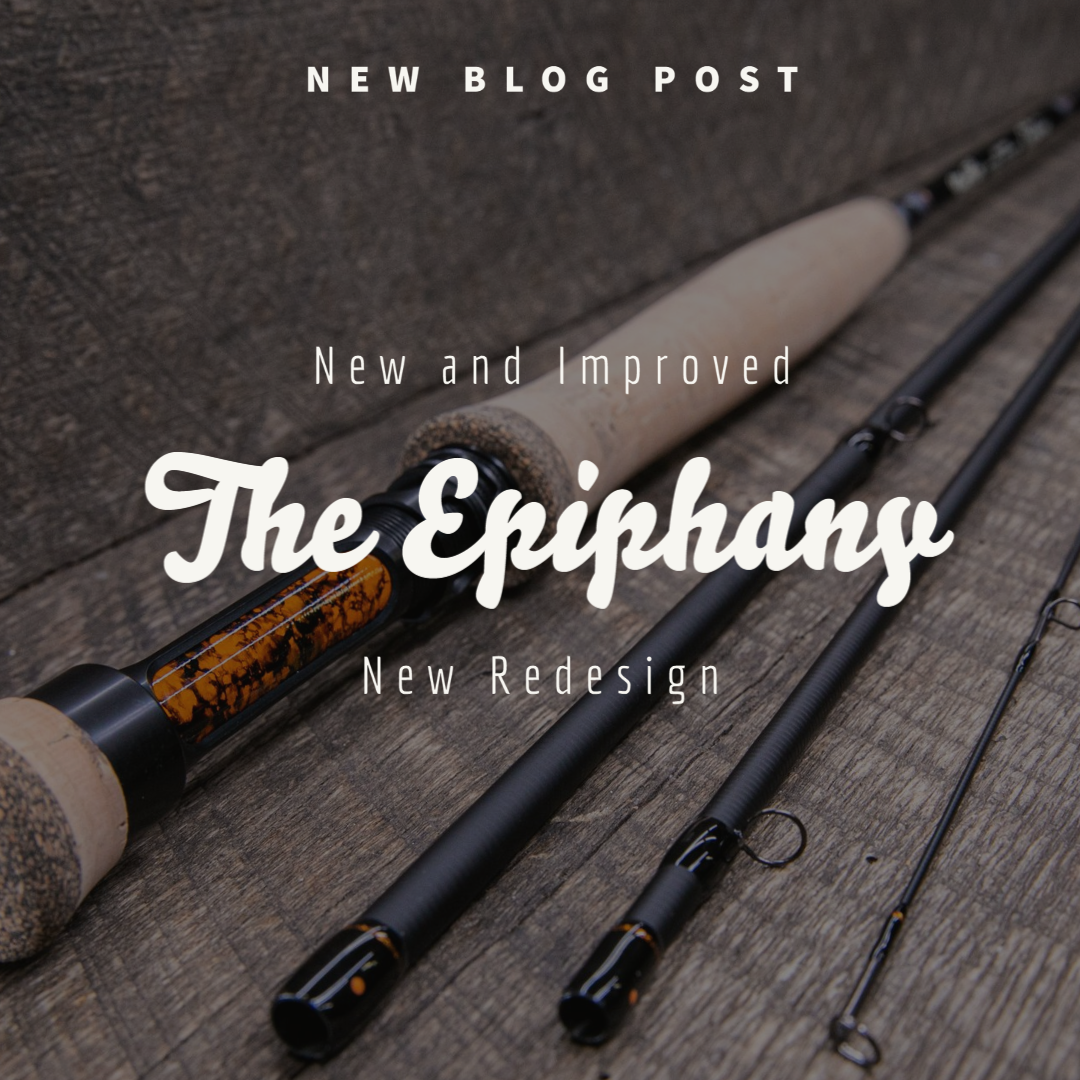
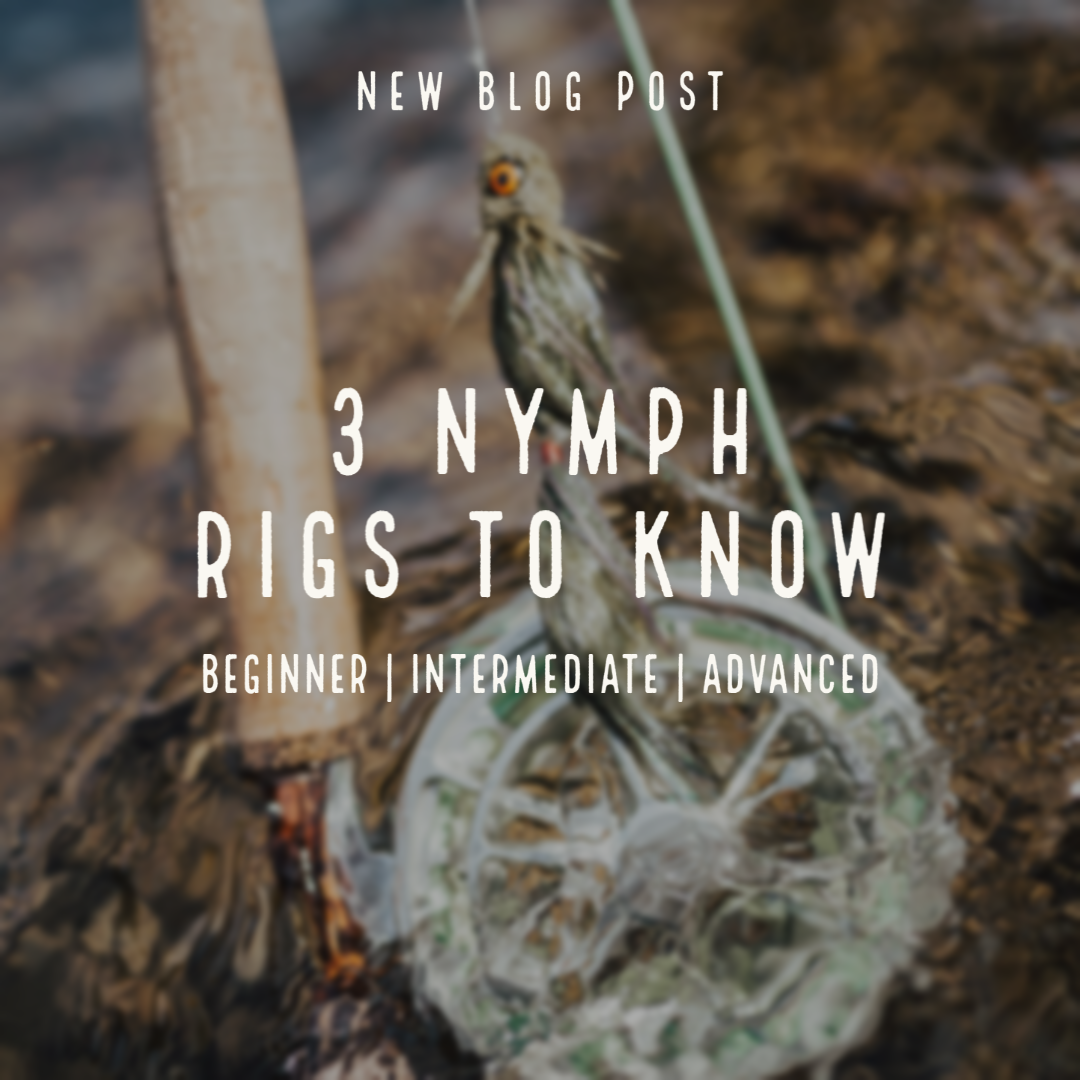
Leave a comment
All comments are moderated before being published.
This site is protected by hCaptcha and the hCaptcha Privacy Policy and Terms of Service apply.